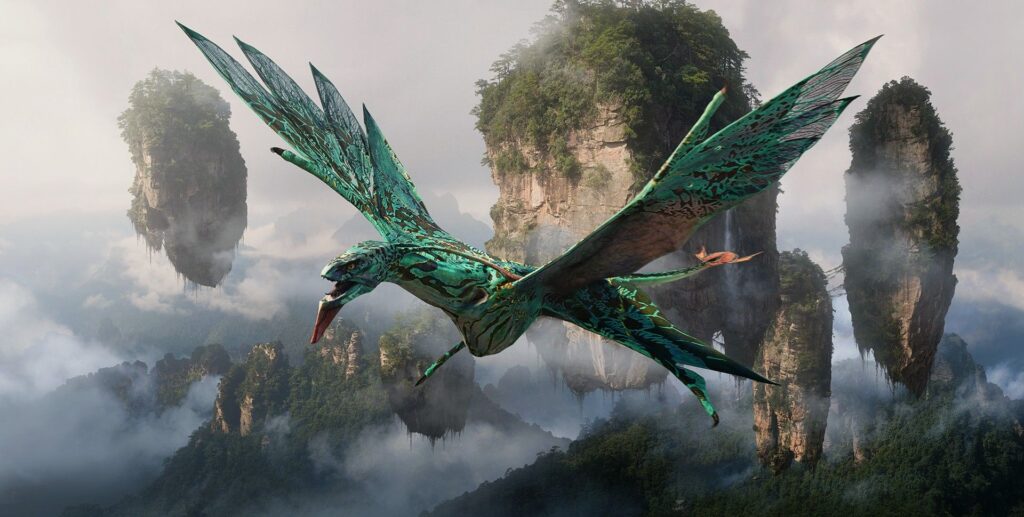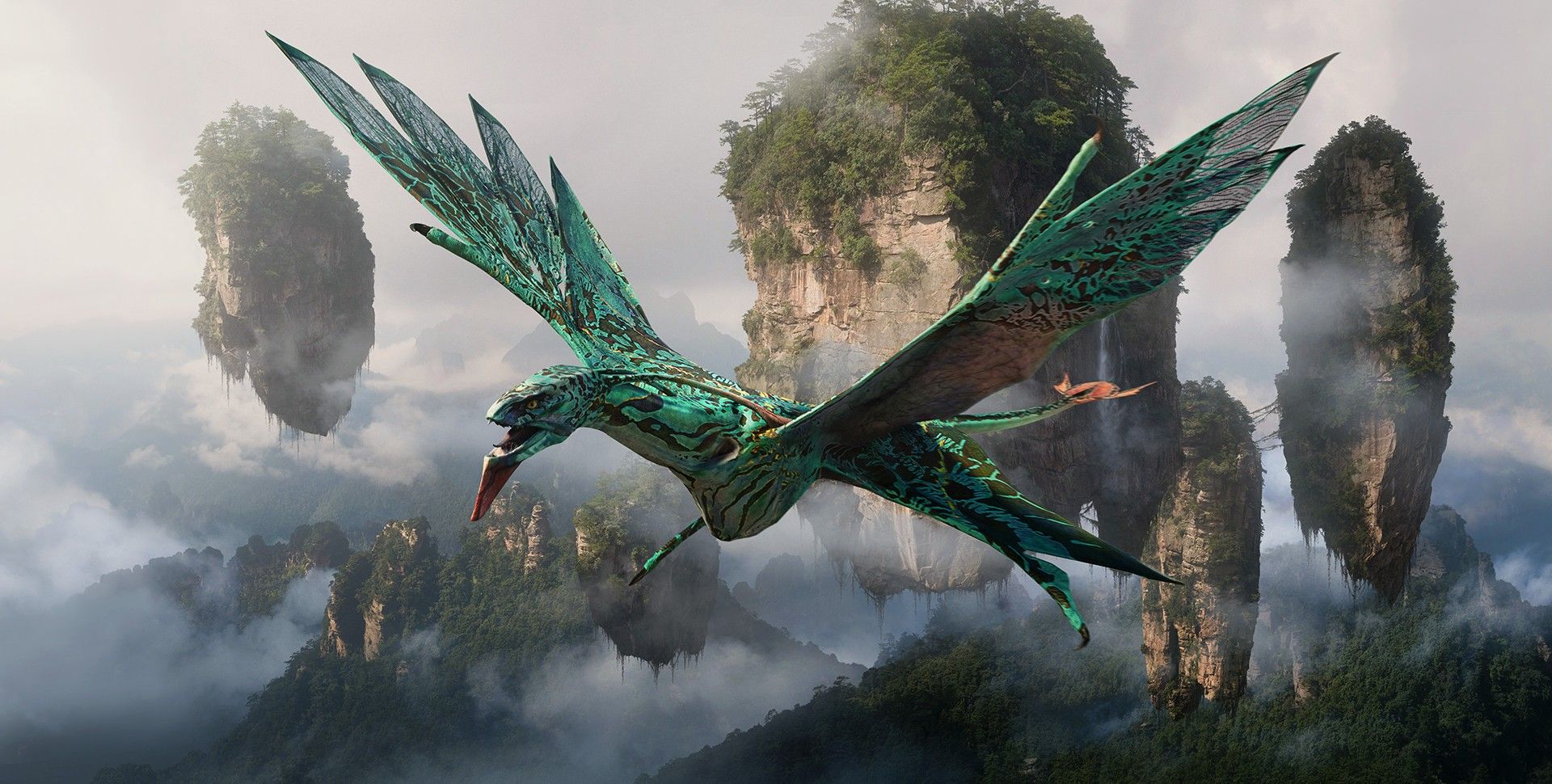
Unveiling the World of Avatar Fauna: A Deep Dive into Pandora’s Unique Ecosystem
The world of Pandora, brought to life in James Cameron’s Avatar, is a vibrant tapestry of exotic flora and, perhaps even more captivating, the extraordinary avatar fauna that populates its landscapes. This article delves into the fascinating realm of Pandora’s creatures, exploring their unique adaptations, ecological roles, and the intricate relationships they share with the Na’vi, the indigenous inhabitants of this alien moon. From the majestic Leonopteryx to the nimble Hexapede, we will uncover the science and artistry behind these remarkable beings, shedding light on the creative vision that brought them to life and the ecological principles they embody. Understanding the avatar fauna is key to understanding the delicate balance of Pandora’s ecosystem.
The Biodiversity of Pandora: A Haven for Unique Species
Pandora’s biodiversity is a spectacle to behold. The environment has fostered the evolution of species unlike anything found on Earth. The high concentration of unobtanium, a fictional mineral with unique electromagnetic properties, is believed to play a role in the planet’s distinct biological characteristics. The avatar fauna exhibit a stunning array of adaptations tailored to their specific niches within Pandora’s diverse ecosystems. This includes bioluminescence, enhanced sensory perception, and unique skeletal structures that allow for survival in the planet’s challenging conditions.
- Hexapede: A herbivorous creature with six legs, known for its graceful movements and vibrant coloration. They are a common prey species in Pandora’s forests.
- Direhorse: A horse-like creature with six legs, used by the Na’vi for transportation and hunting. They are known for their speed, agility, and strong bond with their riders.
- Thanator: A powerful apex predator, considered one of the most fearsome creatures on Pandora. Its armored hide, razor-sharp claws, and incredible strength make it a formidable hunter.
- Leonopteryx (Toruk): A majestic aerial predator, revered by the Na’vi as the ‘Last Shadow.’ It is the apex aerial predator, with a massive wingspan and keen eyesight.
- Hammerhead Titanothere: A massive herbivore, characterized by its distinctive hammer-shaped head. These creatures are often found in herds and can be aggressive if threatened.
Each of these species, and countless others, contributes to the complex web of life that defines Pandora. The avatar fauna are not merely fantastical creations; they are integral components of a carefully constructed ecosystem.
Ecological Roles and Interdependence
The avatar fauna play crucial roles in maintaining the health and stability of Pandora’s ecosystems. Herbivores like the Hexapede and Hammerhead Titanothere control plant growth, preventing any single species from dominating the landscape. Predators such as the Thanator and Leonopteryx regulate herbivore populations, ensuring that they do not overgraze and deplete resources. Scavengers help to decompose organic matter, returning nutrients to the soil and supporting new growth. [See also: The Interconnectedness of Life on Pandora]
The Na’vi, deeply connected to their environment, understand and respect the delicate balance of nature. They hunt sustainably, taking only what they need and honoring the spirits of the animals they kill. Their relationship with the Direhorse is a prime example of this symbiotic connection. The Na’vi bond with these creatures through a neural interface, forming a deep and lasting partnership.
The interdependence of species on Pandora is further emphasized by the planet’s unique neural network, Eywa. This vast, interconnected system allows all living things to communicate and share information, creating a collective consciousness that permeates the entire ecosystem. The avatar fauna are integral parts of this network, contributing to the overall harmony and balance of Pandora.
Designing Pandora’s Creatures: A Blend of Science and Art
The creation of the avatar fauna was a meticulous process, blending scientific principles with artistic imagination. James Cameron and his team consulted with biologists, paleontologists, and other experts to ensure that the creatures were not only visually stunning but also ecologically plausible. The designs were inspired by a wide range of Earth animals, from dinosaurs and insects to birds and mammals. These inspirations were then combined and modified to create creatures that were both familiar and alien.
For example, the Thanator’s design incorporates elements of tigers, panthers, and crocodiles, resulting in a fearsome predator with a sleek, powerful body. The Leonopteryx’s wings are inspired by pterosaurs, while its coloration and markings are reminiscent of birds of prey. The Direhorse shares similarities with horses but possesses six legs and a unique bioluminescent pattern. [See also: The Art of Creature Design in Avatar]
The team also paid close attention to the creatures’ behavior, ensuring that it was consistent with their anatomy and ecological roles. The Thanator’s hunting strategies are based on those of ambush predators, while the Leonopteryx’s flight patterns are similar to those of eagles and hawks. The Direhorse’s social behavior is modeled after that of wild horses, with herds led by a dominant stallion.
The Avatar Program and the Study of Pandora’s Wildlife
The Avatar Program, central to the film’s plot, was established to facilitate the study of Pandora and its inhabitants. Scientists used genetically engineered Na’vi bodies, or avatars, to explore the planet and interact with its native species. This allowed them to gain a deeper understanding of the avatar fauna and their ecological roles.
Through the Avatar Program, researchers were able to study the creatures’ physiology, behavior, and communication methods. They discovered the unique neural connection between the Na’vi and the Direhorse, as well as the complex social structures of the Hammerhead Titanothere. They also learned about the importance of Eywa and the interconnectedness of all living things on Pandora. The program significantly advanced our knowledge of Pandora’s unique ecosystem and the avatar fauna within it.
However, the Avatar Program also had its ethical implications. The exploitation of Pandora’s resources and the disruption of its ecosystem raised serious concerns about the impact of human activities on this fragile world. [See also: Ethical Considerations of Interstellar Exploration]
Conservation and the Future of Pandora’s Ecosystem
The preservation of Pandora’s biodiversity is crucial for the long-term health and stability of its ecosystem. The avatar fauna are an integral part of this biodiversity, and their survival depends on the protection of their habitats and the sustainable management of resources. The Na’vi’s traditional way of life, based on respect for nature and sustainable practices, offers a model for conservation that could be applied to other ecosystems around the world.
The threats to Pandora’s ecosystem include deforestation, pollution, and the introduction of invasive species. The mining of unobtanium, while economically beneficial, has had a devastating impact on the environment, destroying habitats and disrupting the delicate balance of nature. It is essential to find a way to balance economic development with environmental protection, ensuring that future generations can enjoy the wonders of Pandora.
The study of avatar fauna provides valuable insights into the complexities of ecosystems and the importance of biodiversity. By understanding the ecological roles of these creatures and the threats they face, we can develop effective strategies for conservation and sustainable management. Pandora serves as a reminder of the interconnectedness of all living things and the need to protect our planet’s precious resources. The future of avatar fauna, and indeed the entire Pandoran ecosystem, hinges on humanity’s capacity for responsible stewardship.
The Enduring Appeal of Pandora’s Creatures
The avatar fauna have captivated audiences worldwide with their unique designs, compelling behaviors, and integral roles in the narrative of Avatar. They represent a harmonious blend of scientific inspiration and artistic imagination, bringing to life a world that is both familiar and otherworldly. From the majestic Leonopteryx soaring through the skies to the fearsome Thanator prowling the forests, these creatures embody the wonder and beauty of Pandora’s ecosystem. Their enduring appeal stems not only from their visual spectacle but also from the ecological principles they represent, reminding us of the interconnectedness of life and the importance of biodiversity. The avatar fauna are more than just fictional creations; they are a testament to the power of storytelling to inspire awe, wonder, and a deeper appreciation for the natural world. The avatar fauna embodies a unique ecosystem. The avatar fauna is truly fascinating. The future of the avatar fauna is uncertain. Understanding the avatar fauna is important. The avatar fauna are unique. The avatar fauna lives on Pandora. The avatar fauna is a key element. The avatar fauna is worth studying. The avatar fauna is important to the Na’vi. The avatar fauna is diverse. The avatar fauna is well-designed. The avatar fauna is essential to the world of Pandora.

